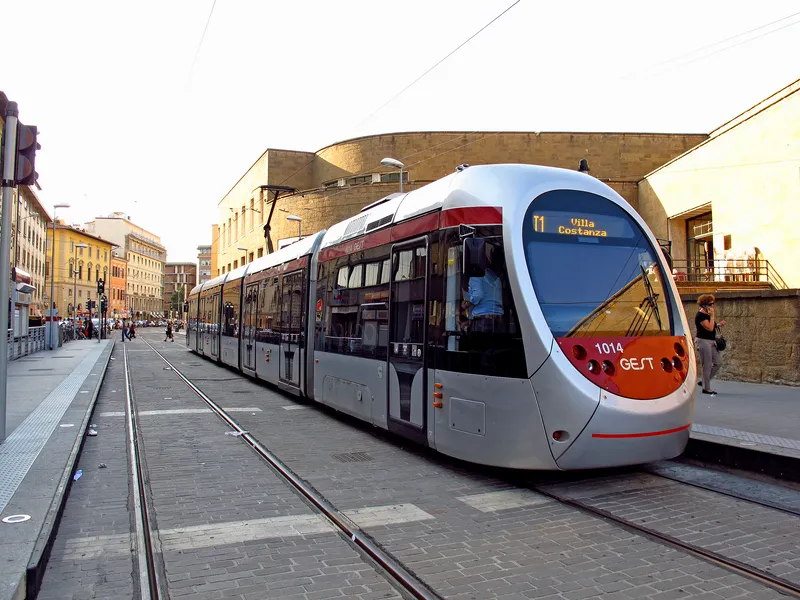
Iteris has won a 12-month contract extension for traffic signal synchronisation-related managed services across 16 municipalities in the San Bernardino Valley in southern California.
The company says it has received $737,000 in service orders under an existing $2.49 million contract from the San Bernardino County Transportation Authority (SBCTA).
As part of the contract extension, Iteris will continue to perform on-call traffic signal synchronisation, and will virtualise agency processes to provide system support and maintenance services for the San Bernardino Valley Coordinated Traffic Signal System (SBVCTSS) corridors.
SBVCTSS is a heavily-travelled arterial network of more than 250 square miles.
The project is seeking to improve traffic flow and safety for all road users, including vehicles, buses, bicycles and pedestrians, as well as reduce travel times, number of stops and carbon emissions along the SBVCTSS corridors.
Scott Carlson, regional vice president, transportation systems at Iteris, says: “The expansion of this initiative with the SBCTA will continue to decrease travel times and overall traffic congestion, as well as improve air quality and reduce the existing transportation system’s impact on the environment.”
Additionally, Iteris will use its ClearGuide Software as a Service solution to conduct evaluations on all retimed corridors with the option to include automated signal performance measures capabilities in the future.
According to Iteris, the new service orders address traffic signal timing improvements and ongoing traffic device and infrastructure maintenance with cities and across jurisdictional boundaries for up to 1,250 signalised intersections.
The service orders span the cities of Chini, Fontana, Grand Terrace, Highland, Redlands, Upland and Yucaipa, as well as the County of San Bernardino.
Iteris’ software-enabled managed services offering is a component of the ClearMobility Platform, a solution which the company insists continuously monitors, visualises and optimises mobility infrastructure.
ClearMobility applies cloud computing, artificial intelligence, advanced sensors, advisory services and managed services to help ensure roads are safe.








